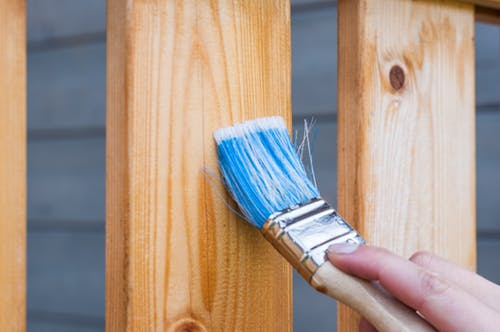As the global emphasis on sustainability grows, so does the pursuit of living spaces that are both stylish and kind to the environment. The shift towards eco-friendly interior design is not just a trend but a necessary step to ensure a healthier planet and personal well-being. Integrating eco-conscious considerations into contemporary home design is no longer a niche demand but an integral aspect of modern living. This article delves into the reasons why eco-friendly design solutions are becoming indispensable in homes today.
Environmental Conservation and Resource Efficiency
The core of eco-friendly design revolves around minimizing environmental impact. Choosing sustainable materials and energy-efficient technologies helps conserve natural resources and reduces waste. In practice, this might involve:
-
Using recycled, upcycled, or sustainably sourced materials which reduces the depletion of finite resources.
-
Implementing energy-efficient appliances and lighting to decrease energy consumption and utility bills.
-
Opting for non-toxic paints and finishes that improve indoor air quality and reduce health risks.
These practices not only promote environmental conservation but also cater to a growing awareness among individuals who wish to lead a sustainable lifestyle.
Enhanced Wellbeing and Indoor Environment Quality
The materials and products we bring into our homes define our indoor environmental quality. Eco-friendly interior design prioritizes materials that are safe for the inhabitants, positively impacting their overall health. Considerations include:
-
Choosing furniture free from harmful chemicals and pollutants that may lead to allergies or respiratory issues.
-
Emphasizing natural light and air circulation to create brighter and fresher living spaces.
-
Incorporating plants and greenery that improve air quality and provide a visual connection to nature.
By carefully selecting eco-friendly materials and design elements, one can foster a living space that is not only beautiful but also beneficial for mental and physical health.
Long-term Cost Savings
While some eco-friendly solutions may have a higher initial investment, they often result in significant long-term savings. Products that last longer and consume less energy offer substantial financial benefits over time. Energy-efficient appliances, durable furnishings, and insulating materials can drastically reduce maintenance, replacement costs, and monthly bills.
Boosted Property Value
Eco-friendly homes are rapidly becoming appealing to buyers who are conscious of the environment and their carbon footprint. Features such as solar panels, energy-efficient appliances, and high-quality insulation are seen as value-adds, potentially increasing the resale value of a property. Prospective homeowners are recognizing the intrinsic value and long-term savings associated with sustainable homes.
Aesthetic Value Without Compromise
Eco-friendly design solutions involve a marriage of aesthetics and ethics, proving that luxurious and stylish interiors can also be kind to the planet. This adoption of eco-consciousness has seen designers innovating with materials and methods that are sustainable without sacrificing beauty or comfort. It illustrates that elegance and ecological responsibility can coexist seamlessly.
Support for Local Economies and Artisans
Eco-friendly interior design often emphasizes the use of locally sourced materials and products, supporting local businesses and artisans. This not only reduces the carbon footprint associated with transportation but also nurtures the community’s economy. Local craftsmanship brings unique and high-quality items into homes, enriching their character.
Global Trends and Governmental Regulations
With many regions implementing stricter environmental laws and certifications, such as LEED, eco-friendly design is quickly shifting from an option to a requirement. By adhering to these standards, homeowners and designers contribute to a broader movement towards sustainability that benefits all.
Fusion
Merging eco-friendly principles with diverse design aesthetics results in unique interior spaces that reflect a sense of individuality and responsibility. Fusion interior design integrates different styles while keeping sustainability at the forefront, creating interiors that are both eclectic and kind to the environment. This approach often incorporates:
-
Reclaimed wood and metals for a rustic yet modern appeal.
-
Low-VOC adhesives and paints that safeguard air quality.
-
Antiques or hand-me-downs that tell a story and reduce the need for new resources.
Nordic
The minimalist ethos of Scandinavian living harmonizes perfectly with sustainable interior design. The Nordic interior design style is characterized by functionality, simplicity, and a profound respect for nature. Key elements include:
-
Light, untreated woods that promote a sense of calm and are biodegradable.
-
Functional furniture that reduces the need for excessive consumption.
-
Natural textiles like wool and linen that are renewable and biodegradable.
Scandinavian design demonstrates how environmentally friendly choices do not need to be sacrificed for modern, stylish living.
Final Thoughts
Eco-friendly interior design solutions are essential today for numerous reasons. They promote environmental conservation, enhance wellbeing, offer long-term savings, and boost property value, all while maintaining aesthetic appeal. By integrating sustainable practices into interior design, one actively participates in shaping a better future, ensuring that homes are not just sanctuaries for us but safe havens for generations to come.





